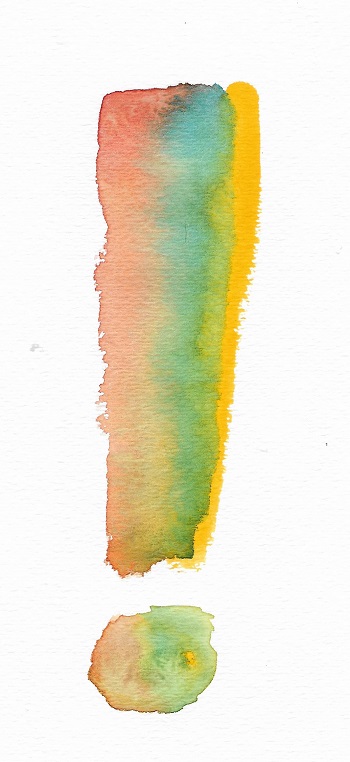The feeling of anger simply lets a person know something is wrong. When individuals can become aware they feel angry, they can then pause to figure out what’s wrong, think about options, and choose what to say or do next that would be helpful or useful.
Some people find themselves:
- spiking quickly to intense anger,
- reacting with immediate anger to words, actions or situations that may or may not be a problem,
- feeling flooded with anger and unable to think,
- staying extremely angry for longer than desired,
- having trouble easing themselves back to a steady state,
- having trouble choosing their behavior when they are angry,
- finding themselves speaking and acting automatically, and harming themselves or others,
- and finding this happening more often than desired.
Since anger lets a person know something doesn’t seem right, attempting to “control anger” or to learn “anger management” may actually work against a person’s normal survival instinct. Instead, research on the brain and anger suggests gaining a nearly instantaneous awareness of the presence of anger may be more useful.
Awareness engages the “thinking” function of the brain, adding it to the “feeling” function of the brain. This awareness balances and stabilizes one’s inner experience. Then, the best of one’s “feeling” and “thinking” can inform one’s inner wisdom, termed “Wise Mind” in dialectical behavior therapy. An individual’s Wise Mind can determine the magnitude of what’s happening, then decide what next steps would be most helpful and useful for themselves and others.
Having the ability to immediately become aware of anger in the heat of the moment requires prior practice and training.
1. Become aware, and stay aware, of what’s going on within you all the time. Become curious about, and interested in your feelings, thoughts, physical sensations, and what captures your attention. As you observe them, practice naming them to yourself. Examples: “I am aware I am feeling angry.” “I am aware I am thinking that I don’t like that guy.” “I am aware that I feel a trickle of sweat on the back of my neck.” “I am aware I am giving my attention to buzz of the air conditioner.”
2. Suspend judgment. Feelings, thoughts, physical sensations, and the subjects of one’s attention are neither good nor bad, neither right nor wrong. They are simply information to consider.
3. About feelings, imagine an inner volume control, then ask, “What adjustments, if any, do I need to make on my inner volume to keep myself in a range that helps me stay aware and stable?”
4. About thoughts, ask, “Do facts support this thought?” and “Is this thought helpful or unhelpful?” Use your answers to guide you. Ask, “Have I thought this thought before?” If so, consider this thought: “I have given this thought due time and I will now shift my attention to something else.”
5. About physical sensations, ask, “What adjustments, if any, can I make to increase to make myself more comfortable?”
6. Practice engaging one’s attention with an object, then disengaging, shifting, and engaging one’s attention with another object, preferably one that engages a sense.
7. Return your attention to the present. If you are reminded of past events or concerned about future ones, say to yourself, “That is not happening now. I am here and this is what’s happening right now.”
8. Anticipate anger. Having practiced the above skills, be ready to become aware of anger, thus adding your “thinking mind” to your “feeling mind.” Watch in wonder as your inner wisdom – your Wise Mind – skillfully handles the situation in ways you never thought possible.
9. Practice radical acceptance. Acknowledge that people say and do stupid and cruel things, that we say and do them, too, and so do our loved ones. Accept that anger and other emotions don’t prevent or change that. Affirm that it’s what we say and do about what’s happened that determines the quality of our lives and our relationships.
. . . . .
A printable worksheet accompanies this post: Becoming Aware of Anger (.pdf opens in new tab).
. . . . .
This post is part of a series on evidence-informed, self-care for addiction.
The table of contents is here and posts are published in the category entitled Guide.
The views expressed are mine alone and do not necessarily reflect the positions of my employers, co-workers, clients, family members or friends. This content is for informational purposes only and is not a substitute for medical or professional advice. Consult a qualified health care professional for personalized medical and professional advice.


